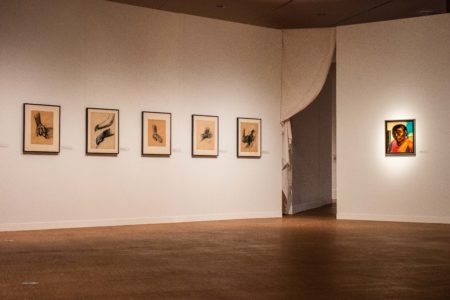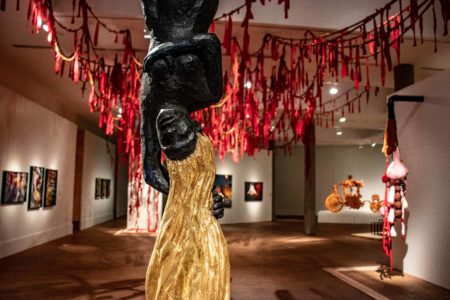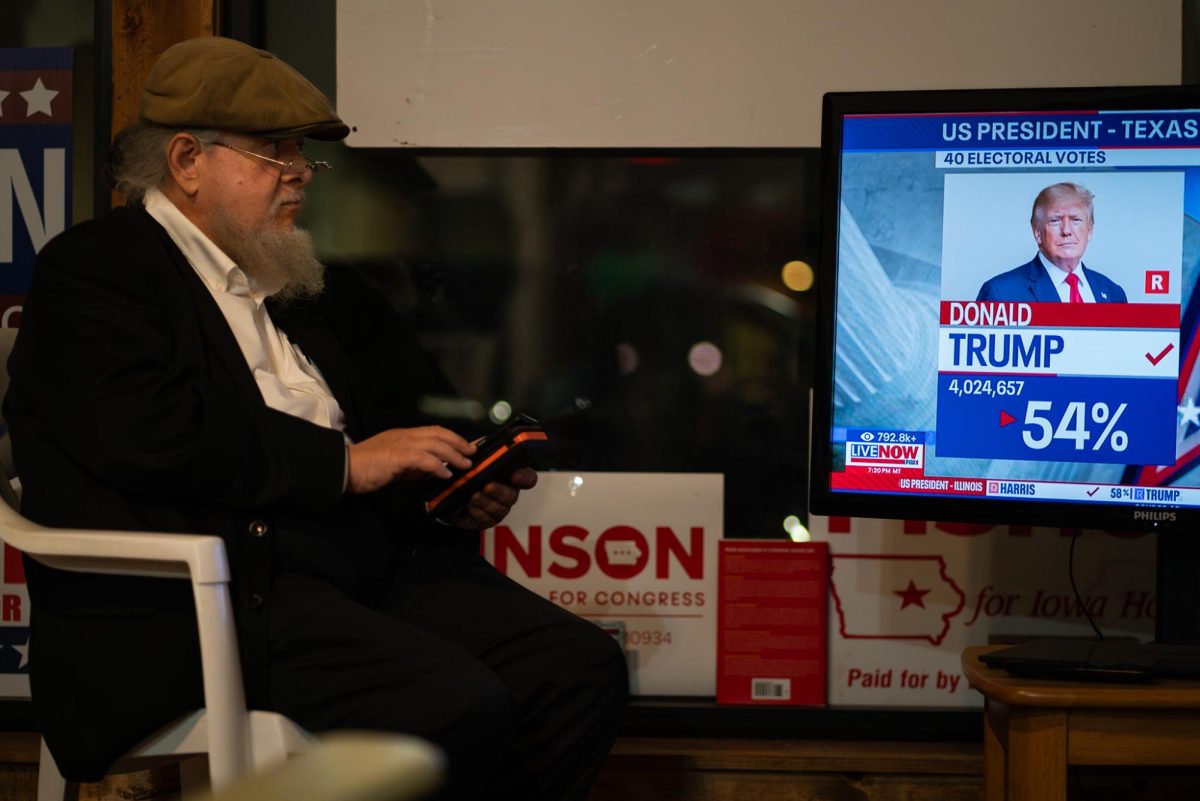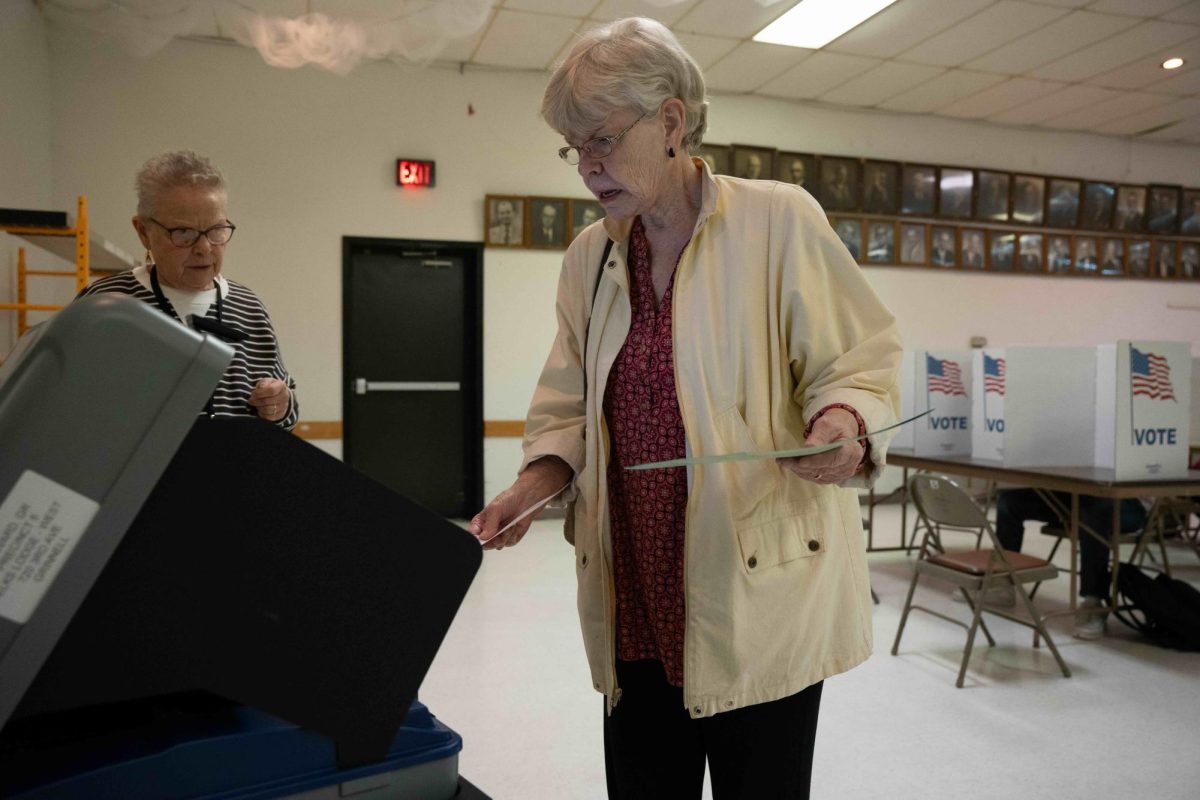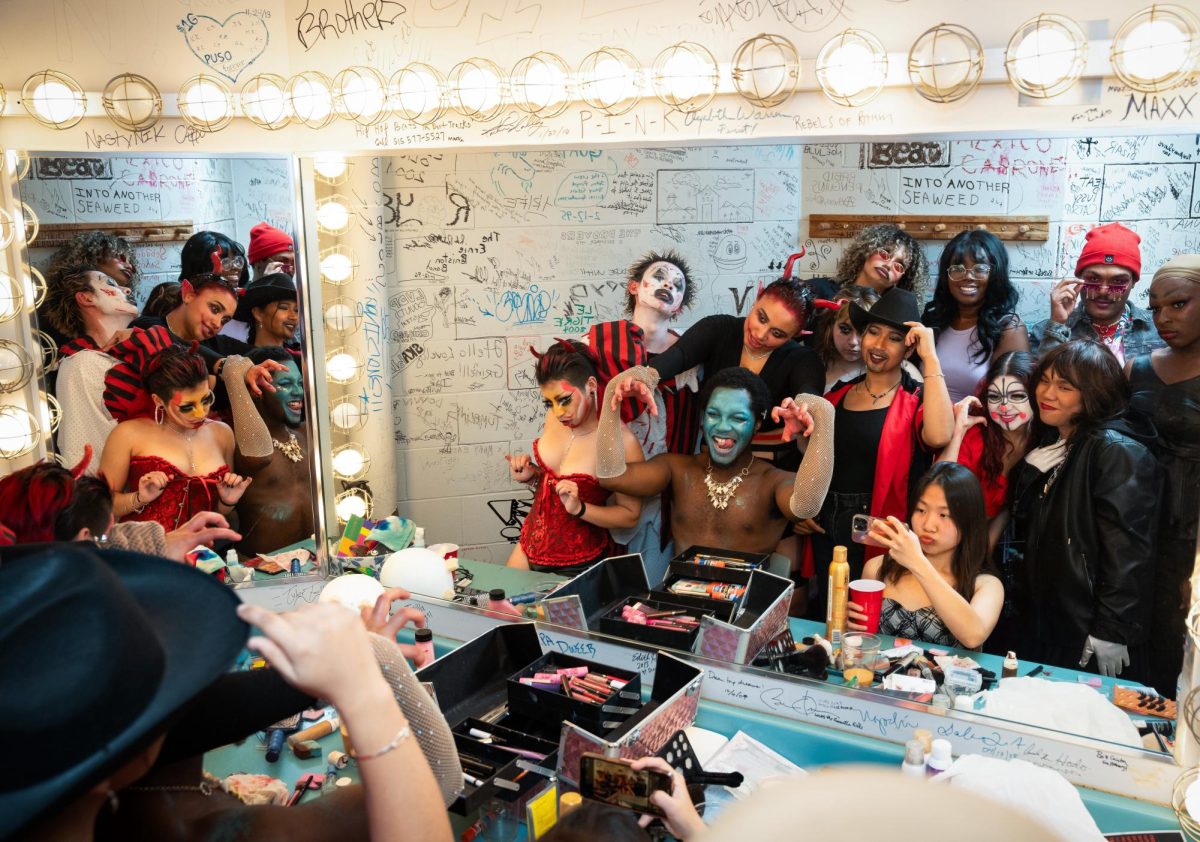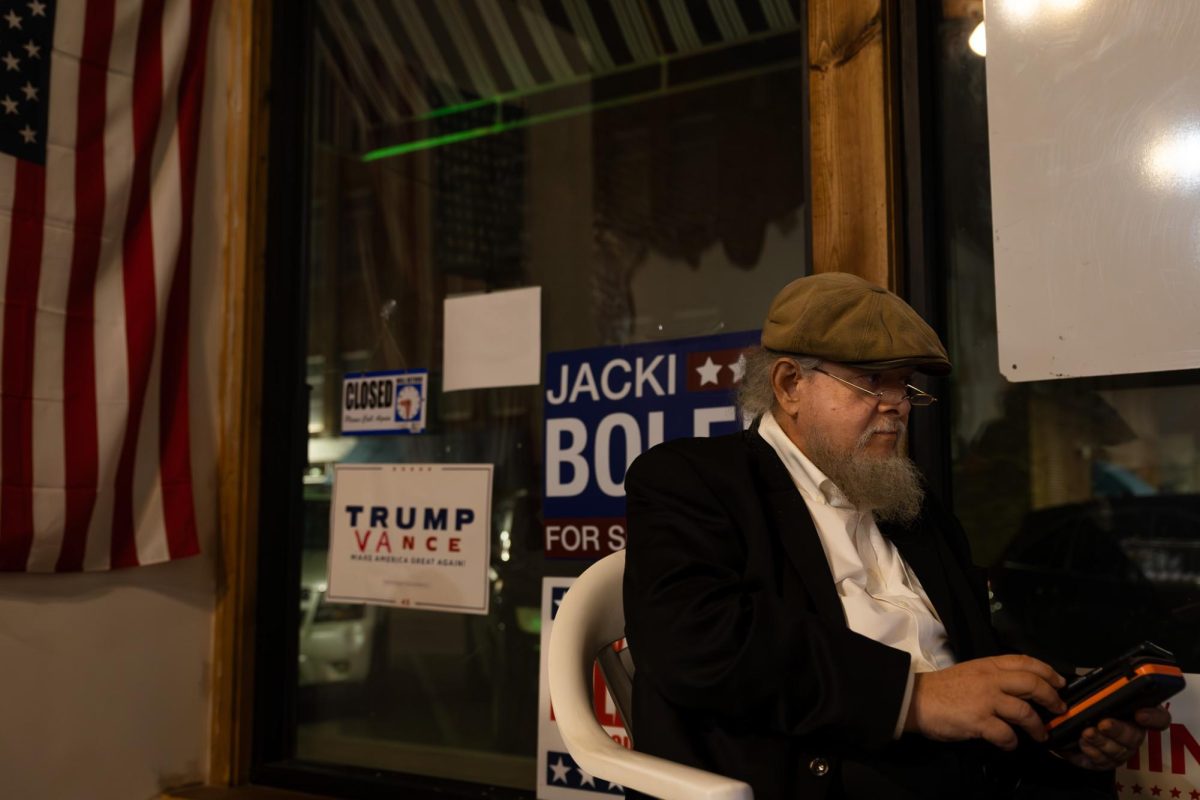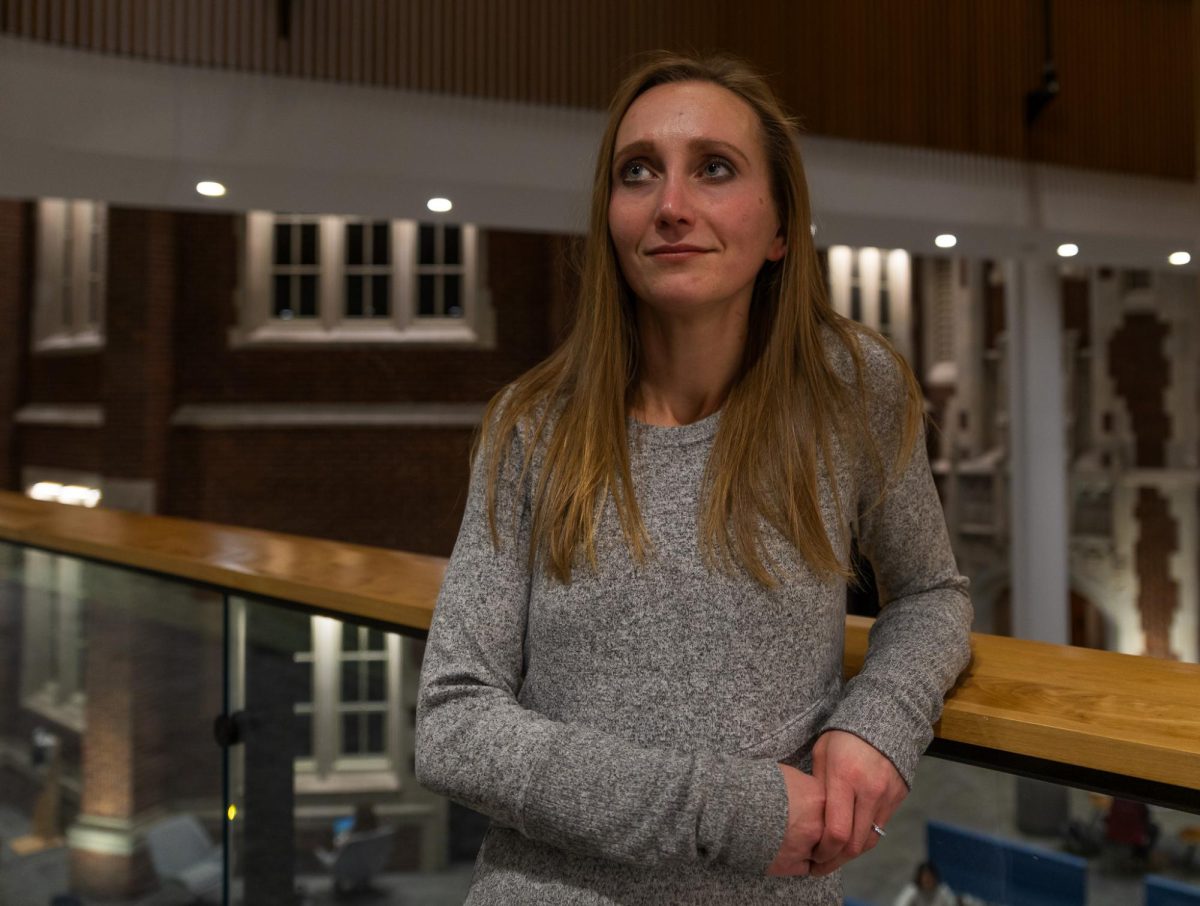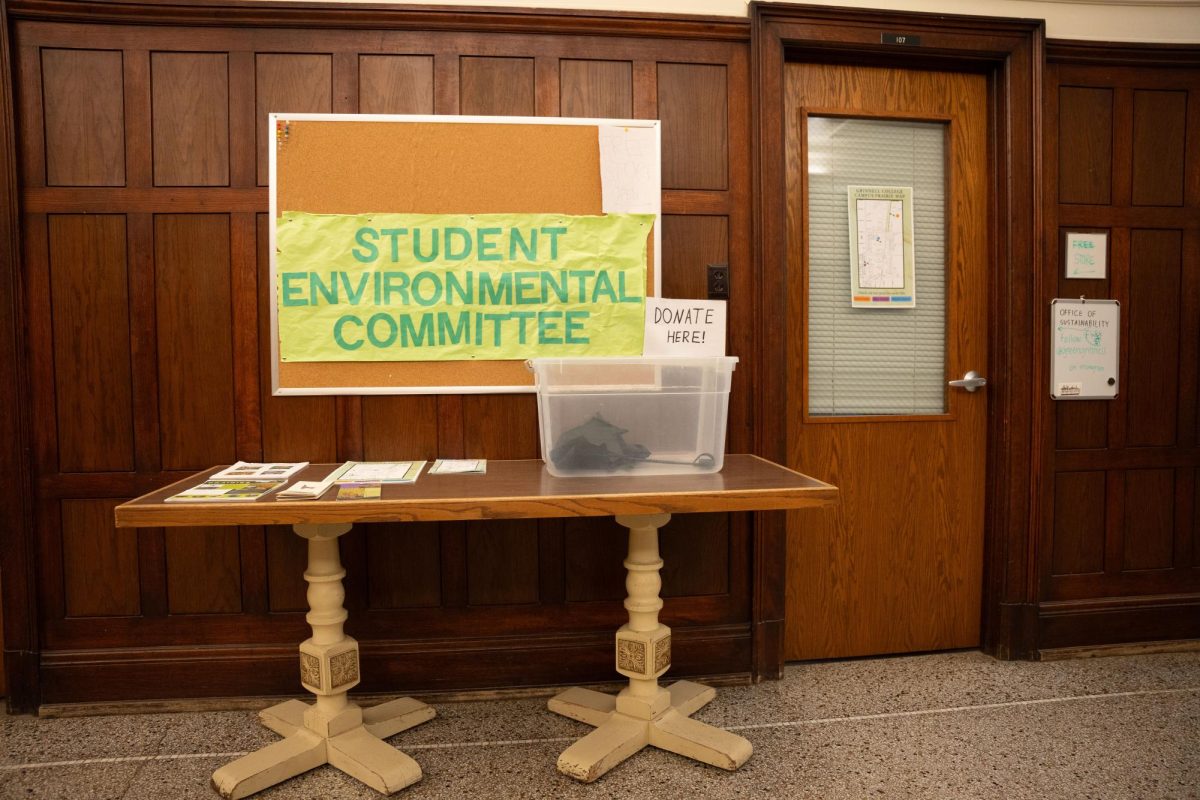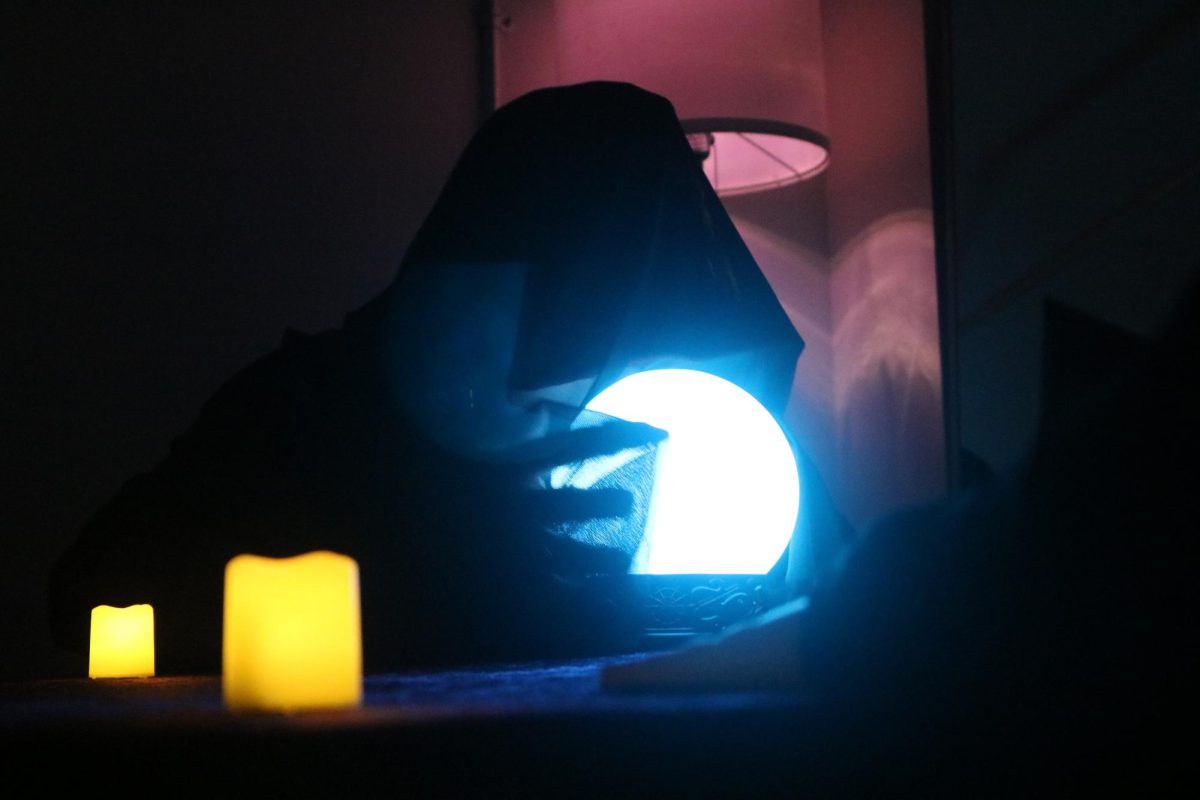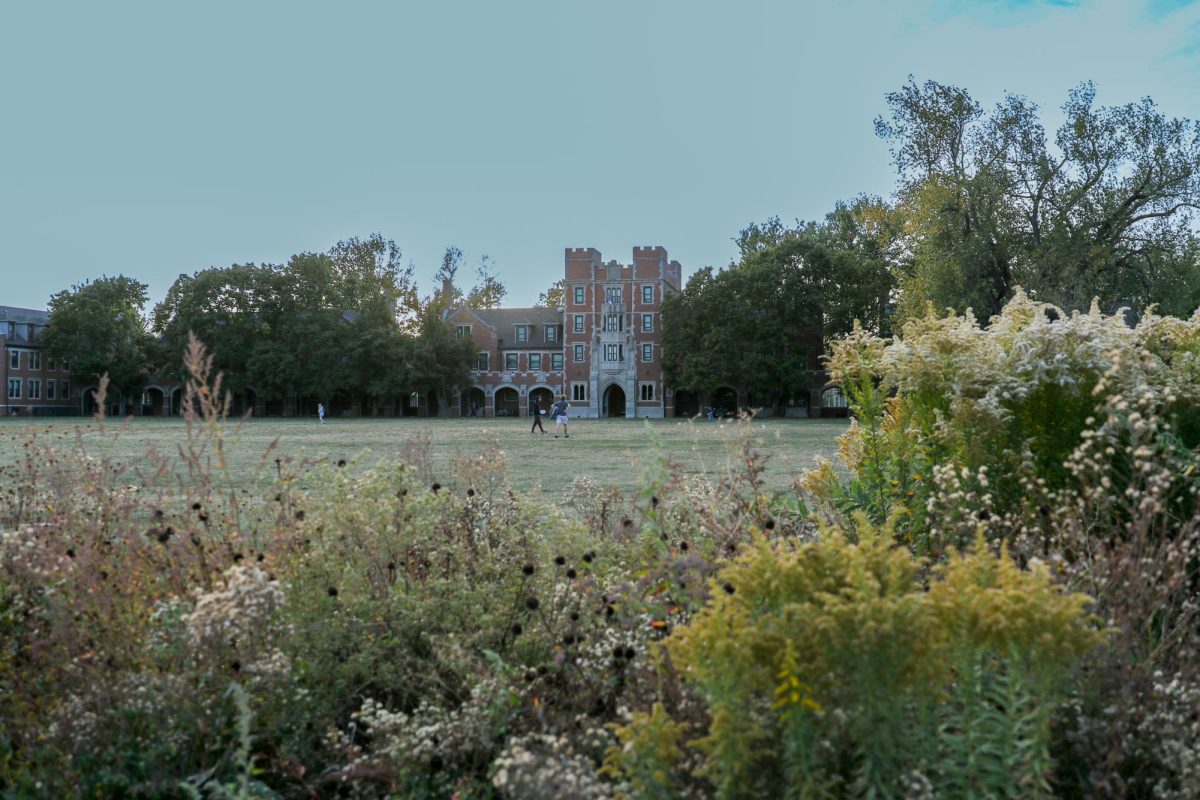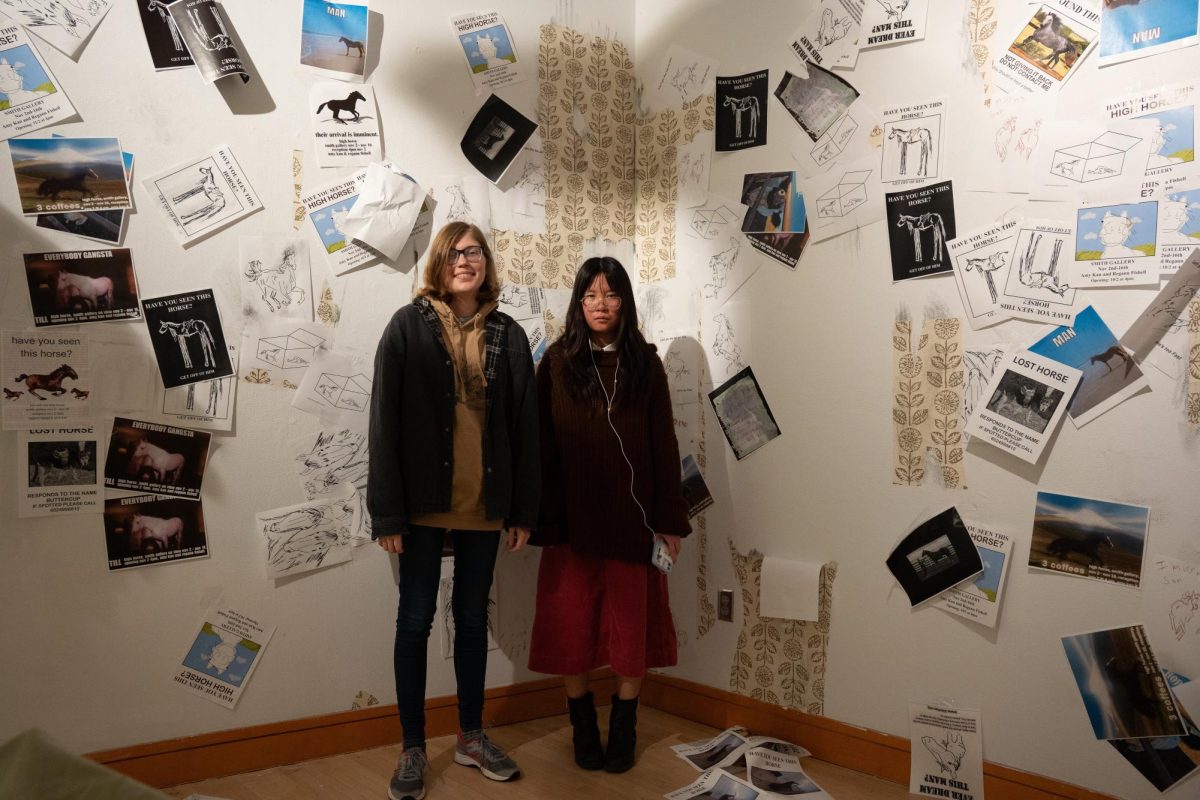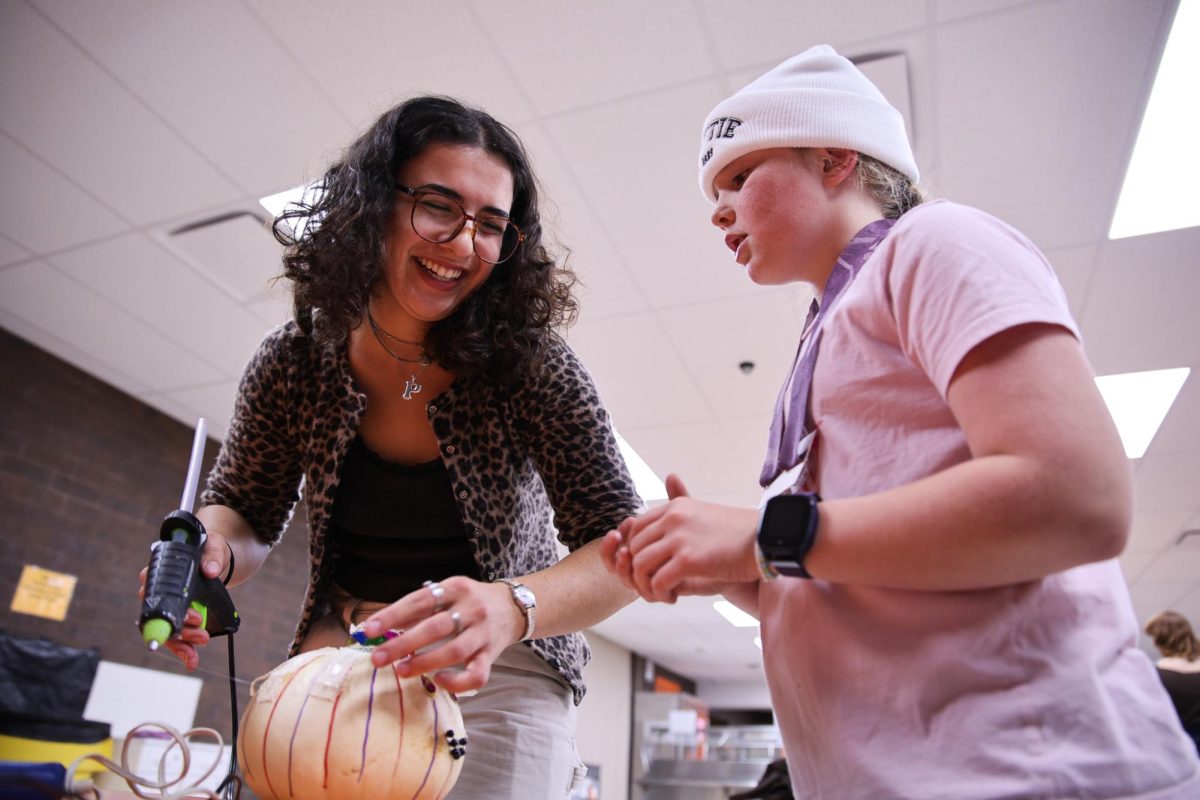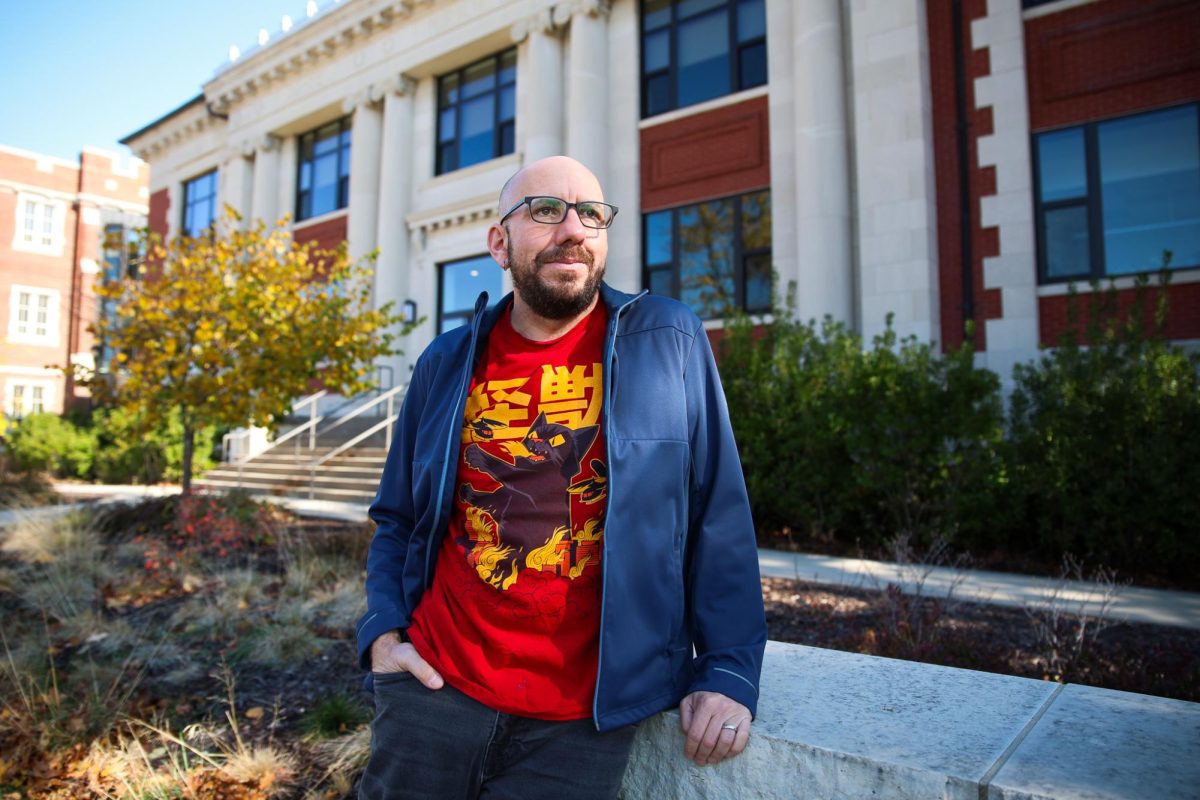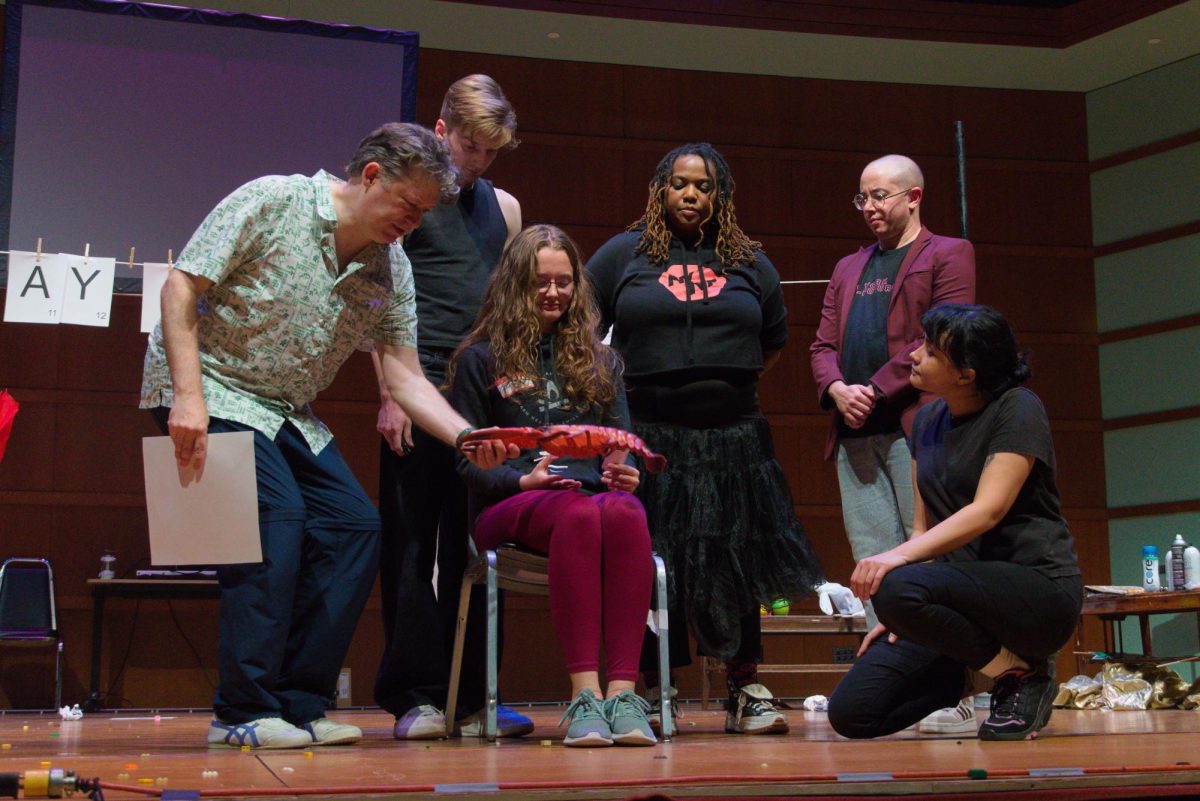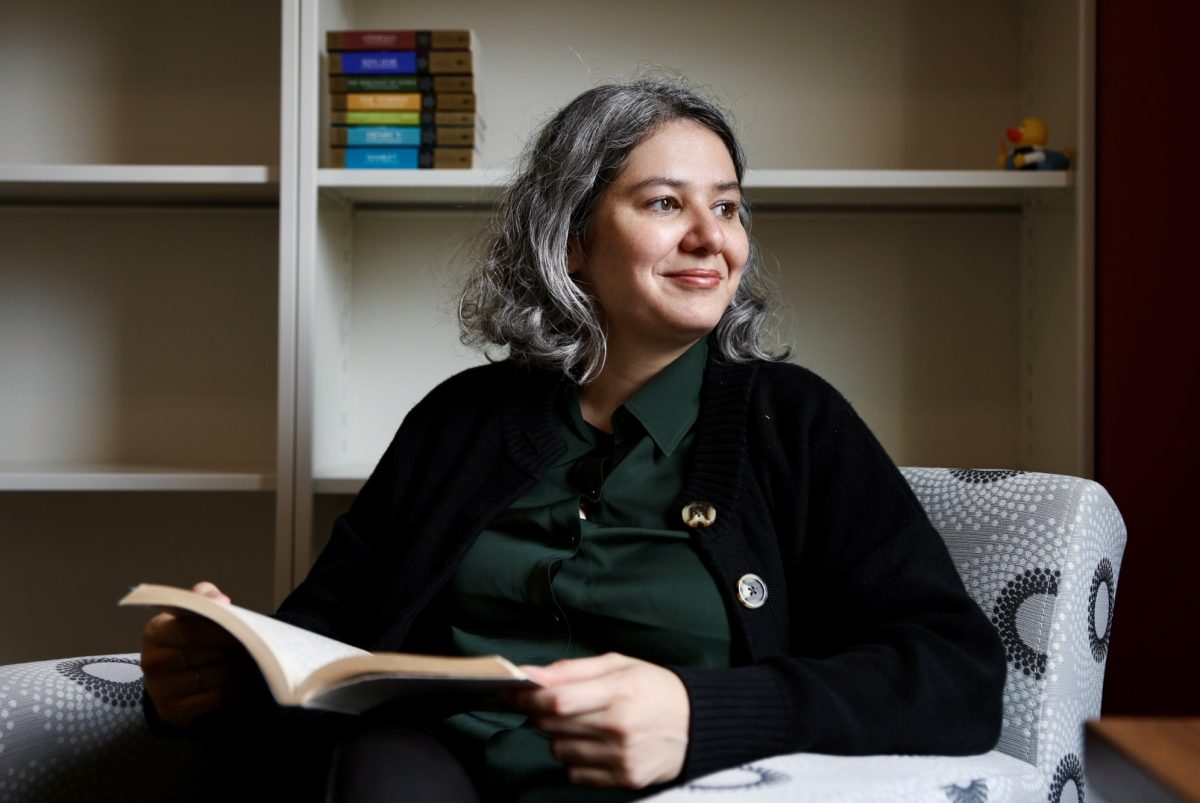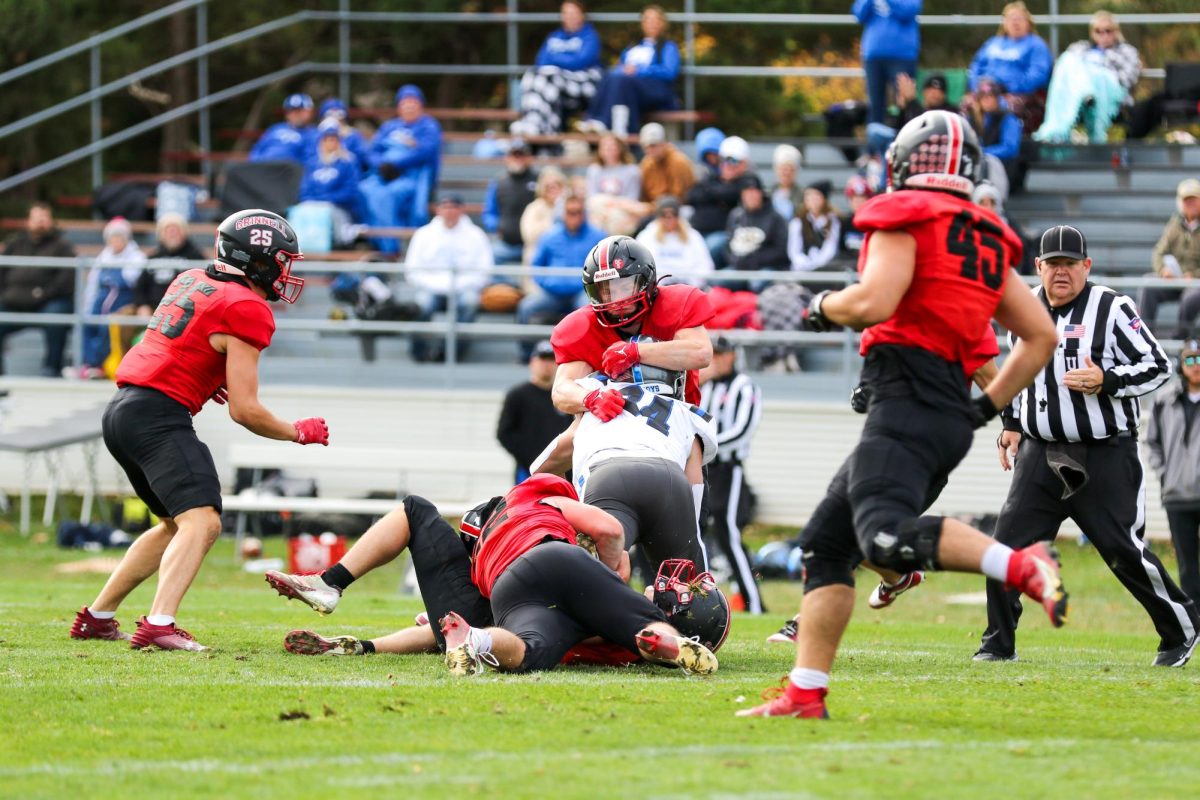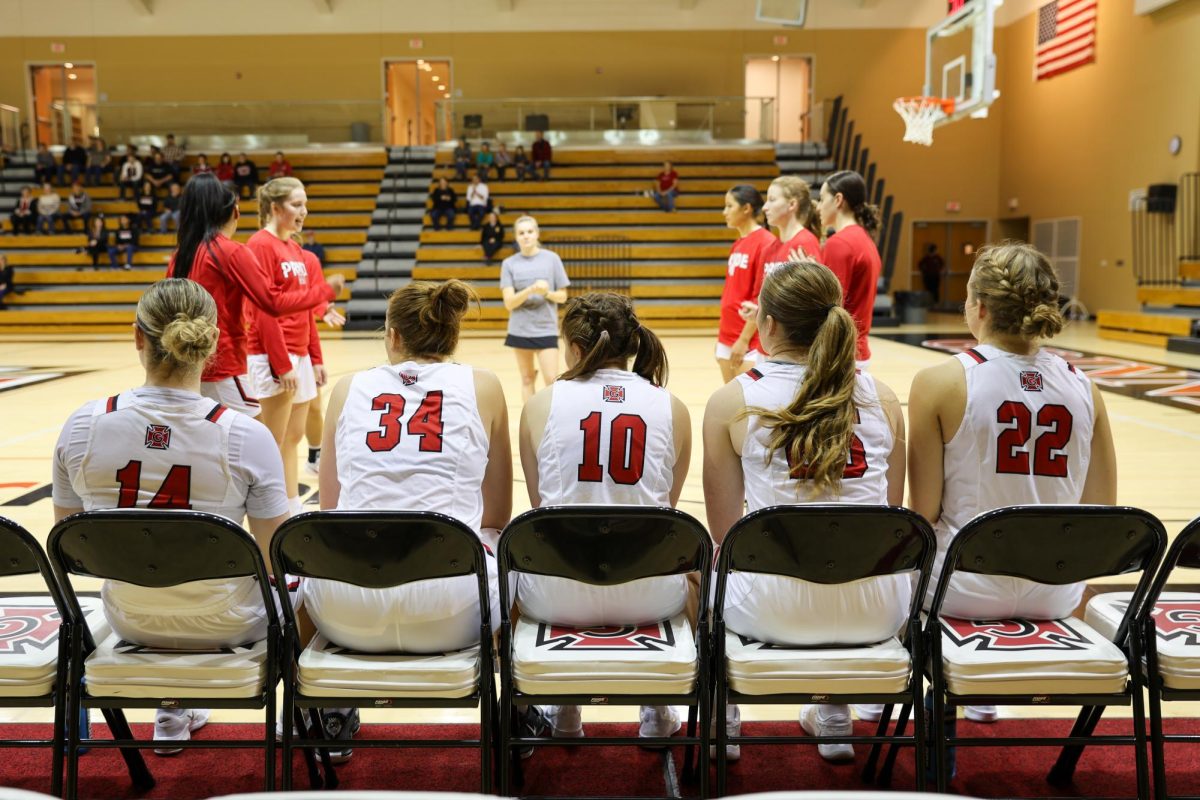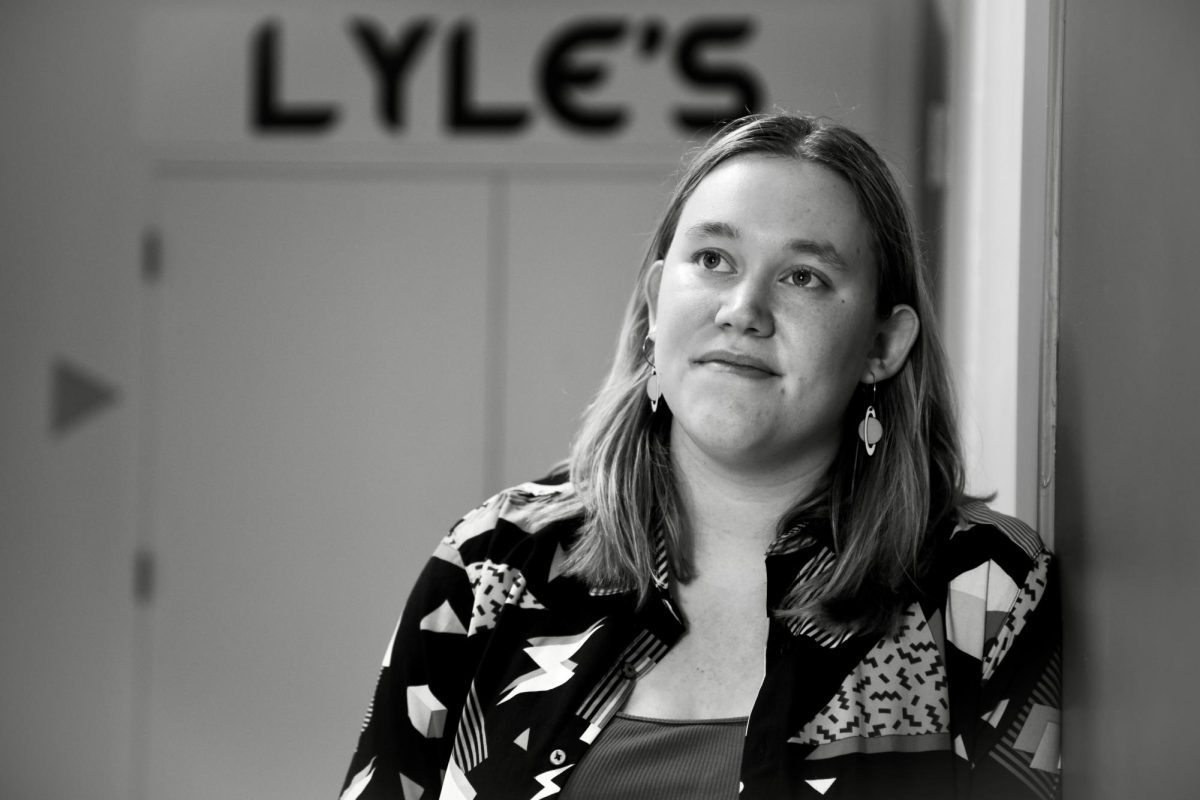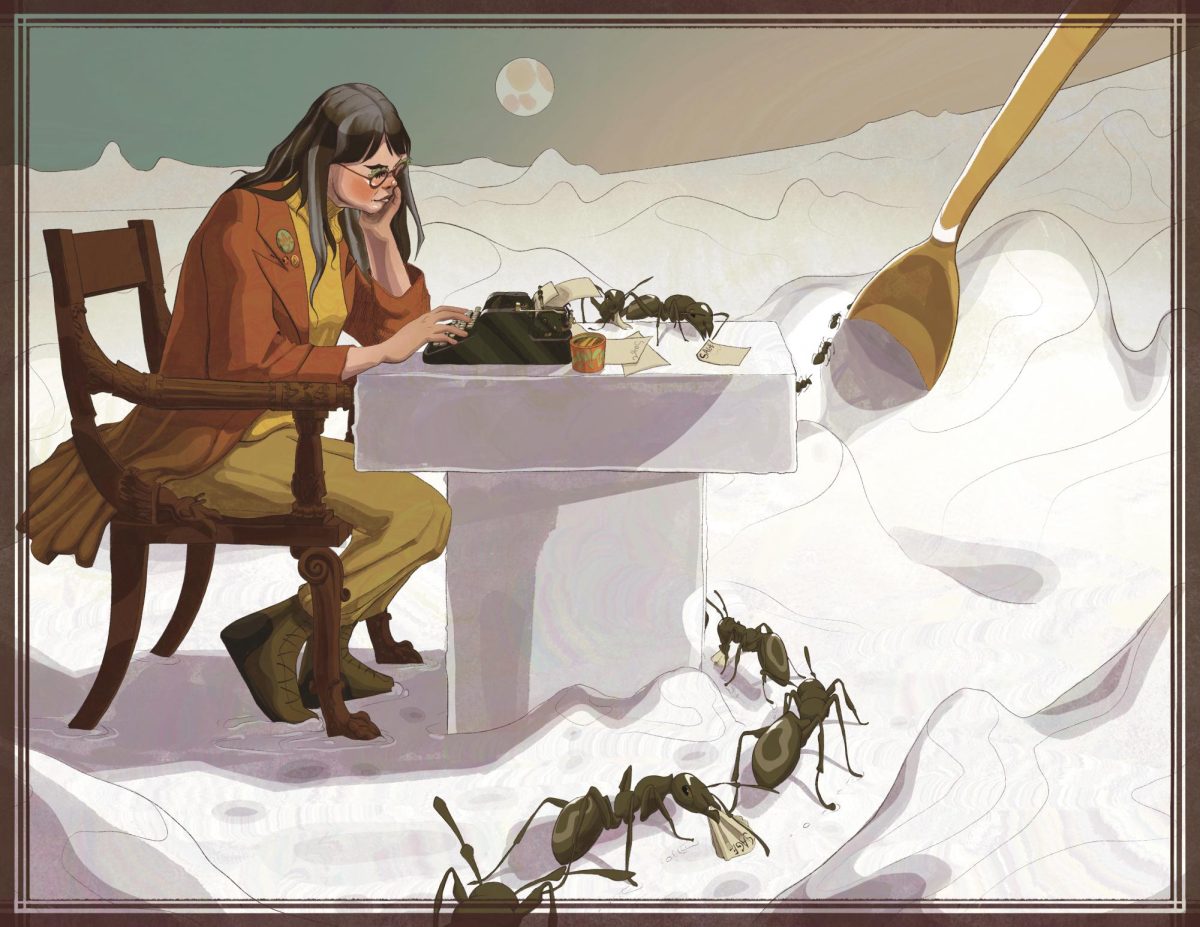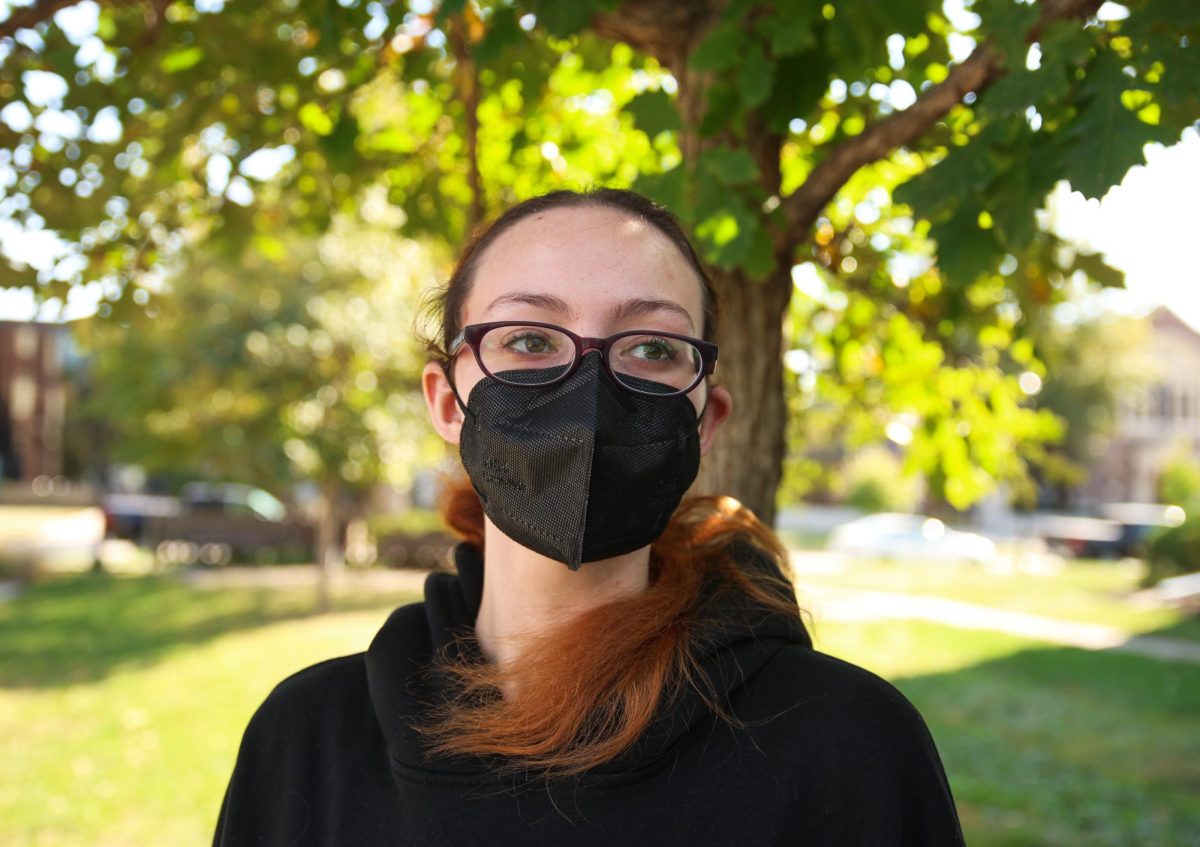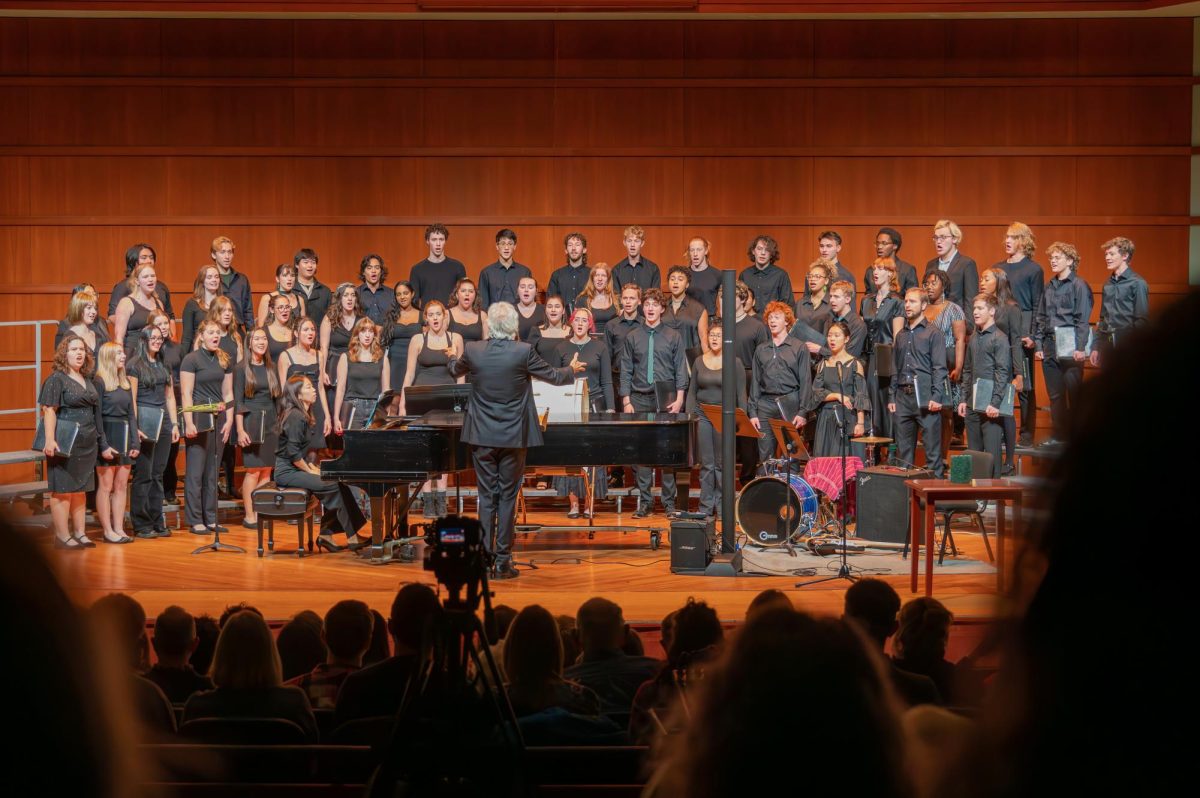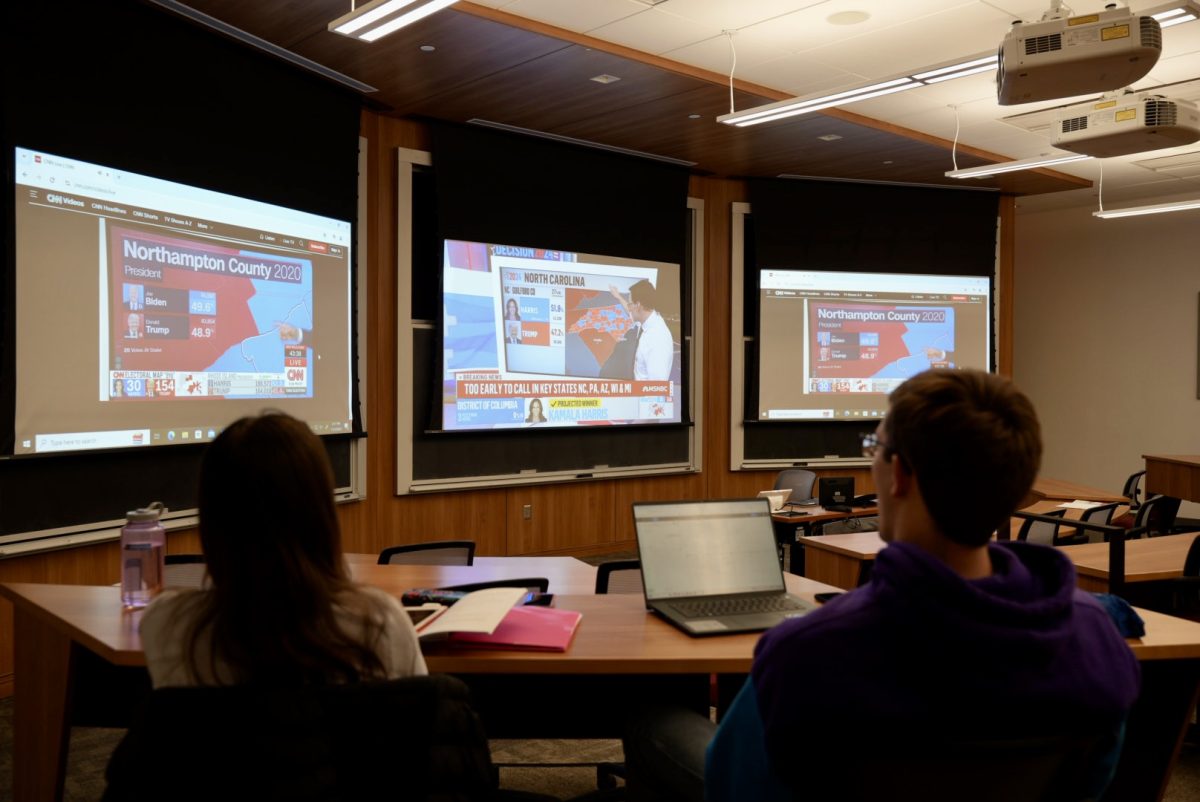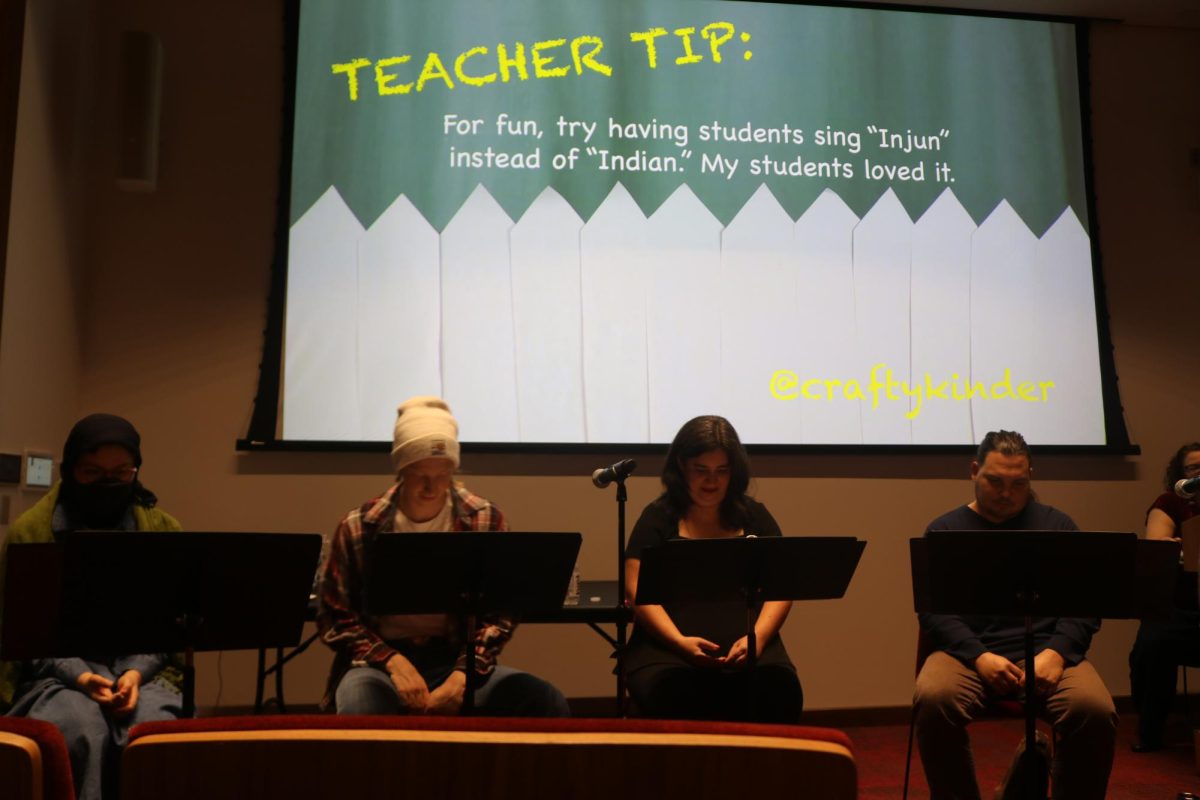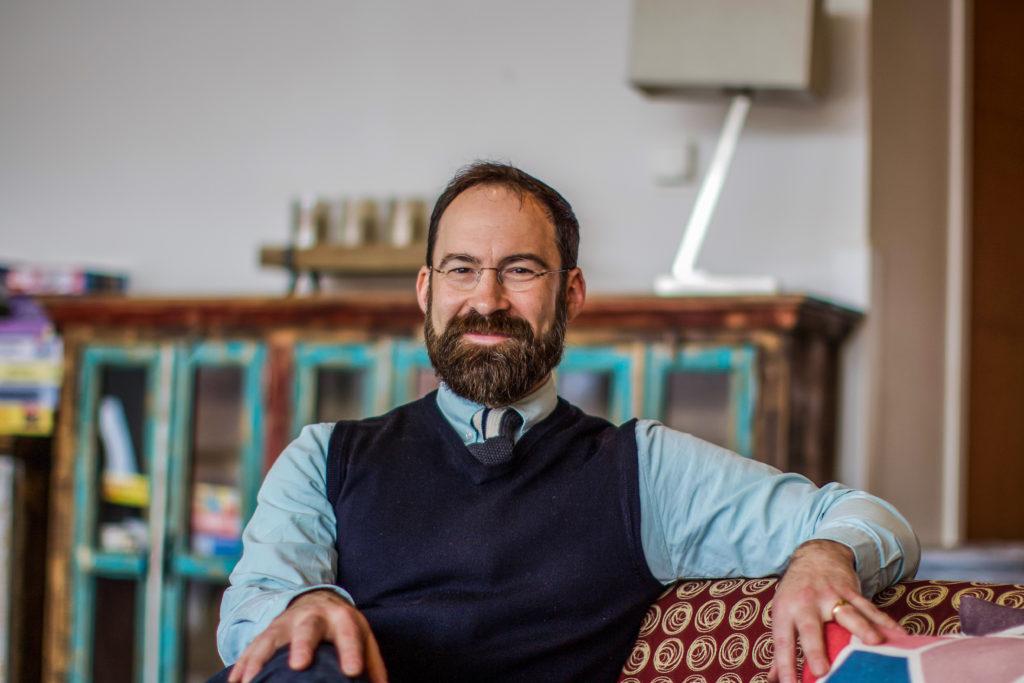Faulconer Gallery is currently showing two major traveling exhibits, “Dread and Delight: Fairy Tales in an Anxious World,” a contemporary interpretation of fairy tales from around the globe, and “Reckoning with ‘The Incident’: John Wilson’s Studies for a Lynching Mural.” The John Wilson exhibition is the first in the U.S. to show all of Wilson’s preparatory work for “The Incident.”
Though the two concurrent exhibits are separate shows, both works deal with questions of agency, overcoming adversity and challenging who truly has power.
“This is one of the few times that we’ve installed our shows [with] little barrier in between them … it was after we really started working with [Dread and Delight] when we started to realize they are quite related,” said Lesley Wright, director of the gallery.
Dread and Delight was organized by the Weatherspoon Art Museum at University of North Carolina at Greensboro and curated by Emily Stamey ’01. The exhibit brings works in various media to Grinnell which focus on the intersection of race and gender in the western-European interpretations of fairy tales.
According to Wright, “The fact that [Stamey] picked artists who are of color, who are genderfluid, means this isn’t a traditional way of looking at fairy tales, which … allows us to really broaden the conversation.”
Wright considers Ghadada Amer’s piece “Les Flâneuses” to be one of the most representative of Dread and Delight. Amer uses painting and embroidery on a white canvas to show a medley of recognizable feminine figures. The audience can spot Snow White in the right-hand corner of the canvas, with glamour models behind her head.
“On one hand you have Snow White, the first Disney princess, a very little girl interpretation of what it means to be feminine and desirable, and then you have images from Playboy and Hustler, a totally different notion of being women, and see how these collide,” said Wright.
The Wilson exhibit, organized by Yale University, provides an intimate look at the development of Wilson’s seminal mural that depicts what immediately happens after a lynching. The audience can interpret the anxieties Wilson, an African-American man, may have felt regarding his identity in the United States. Tilly Woodward, curator of academic and community outreach, said that the exhibits both discuss generational trauma and identity.
“If the story is always about black people being portrayed through trauma, it’s not enough … if the princess is always white and blonde, that’s not enough,” Woodward said. “I think [Dread and Delight] switches things up that in a way carries over … some of the things Wilson is trying to question and grapple with.”
Wright emphasized how John Wilson focused heavily on the mother embracing her child seen in the piece, despite the fact that he was a father.
“Maybe he thought that would be the most resonating image for his audience,” she said.
Grinnell College already owned 14 out of the exhibit’s 23 pieces thanks to Kay Wilson, the College’s curator of the collection, and welcomed the artist himself to campus in 2004.
After Wright and Woodward received concerned feedback regarding the exhibition’s violent subject matter and discussed the concerns with their Yale colleagues, Yale decided it was best if Grinnell College was the first stop for the exhibition.
“I had to take a step back and say, ‘we have another audience here that we’re not even thinking about, and that’s people who know this story really well,’” Wright said.
Wright and Woodward reached out to Intercultural Affairs, faculty of color and Concerned Black Students to include underrepresented voices in programming surrounding the show. Woodward organized a digital storytelling workshop in November to contextualize the exhibit so as not to perpetuate violence against those who are all too familiar with systemic violence. The digital stories are featured as part of the exhibit.
The planning for the exhibit stands out to Woodward as requiring more care and collaboration among people outside of the gallery than previous shows. She hopes to implement this planning experience into future shows.
“There’s always thoughtfulness that goes into planning,” Woodward reflected. “But I think this … is a really special one.”
